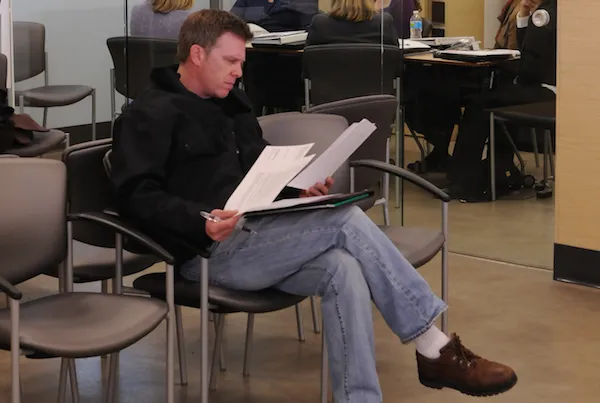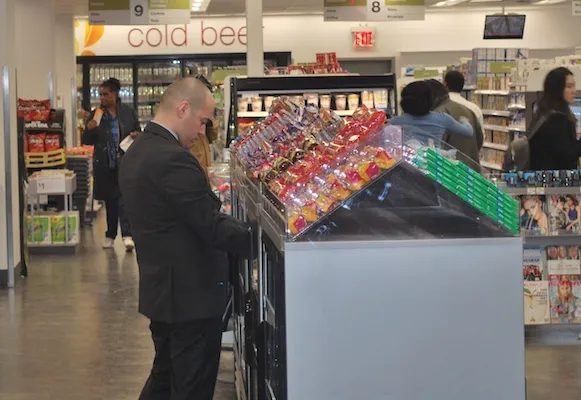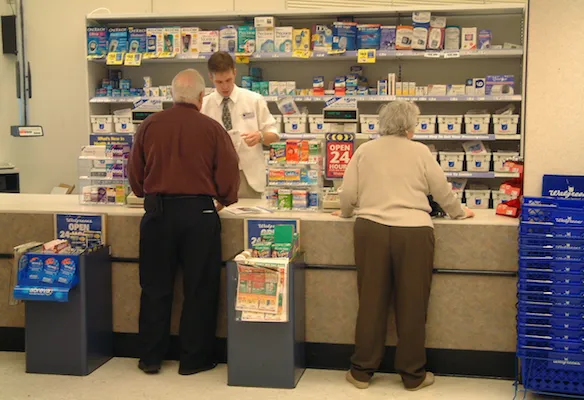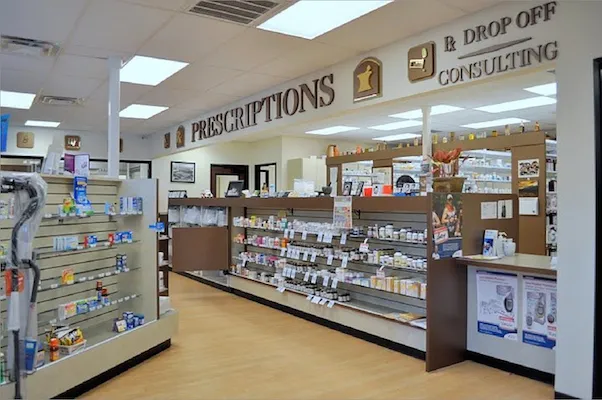Drug chains and other retail pharmacy players might want to take notice: Waiting to see the doctor carries a cost.
A study recently published in the American Journal of Managed Care (AJMC) reckons the cost of time spent seeking health care at $52 billion for Americans in 2010. Led by Kristin Ray, M.D., the study marks the first time that researchers have tried to calculate at a national level the monetary value of lost time in getting health care, including travel time and time spent in clinic, according to AJMC.
The report, “Opportunity Costs of Ambulatory Medical Care in the United States,” found that for each dollar spent in visit reimbursement, patients lose an additional 15 cents in “opportunity costs.” Also, the value of the patients’ time — calculated at $43 per visit — is typically higher than the average out-of-pocket co-payment, which was $32. (View the video above for a more detailed look at how researchers figured the costs.)
AJMC said researchers determined opportunity costs using the 2003-2010 American Time Use Survey (ATUS). The researchers also calculated how much time patients spent face-to-face with medical providers using the 2003-2010 National Ambulatory Medical Care Survey and gauged the annual number of ambulatory physician visits and per-visit medical costs using the 2010 Medical Expenditure Panel Survey (MEPS).
“Time spent per year by employed adults seeking medical care exceeded the number of annual hours worked by more than a half-million full-time employees. The societal opportunity costs are greater than $50 billion a year,” stated senior author Dr. Ateev Mehrotra. “Accounting for patient opportunity costs is important for examining U.S. health care system efficiency and evaluating methods to improve the efficient delivery of care.”
Besides citing the need to reduce inefficiencies in physician clinical settings, the study pointed to alternative means of providing care.
“Work-site, retail and school-based health clinics have the potential to reduce opportunity costs associated with physician visits by reducing travel and/or wait times. Telemedicine — including care via telephone, e-mail, Internet and videoconference — has the potential to reduce or eliminate travel and wait times even more radically,” the report said. “What fraction of physician office visits could be replaced by telemedicine remains unclear. Estimates of the potential for telemedicine to replace face-to-face care range from 7% of internist visits to 47% of nursing home visits. Including patient opportunity costs may be important to fairly assess the comparative effectiveness of these alternative methods of care delivery.”
Drug chains already have been positioning themselves as a more accessible, convenient and affordable option for receiving basic health care, as evidenced by increased openings of walk-in health clinics and use of technology such as telehealth and self-service kiosks, such as for “virtual” doctor visits, blood pressure readings and other health screenings. With more people now having health insurance and the nation still grappling with a shortage of primary care physicians, these alternative delivery vehicles may indeed prove more appealing to many current and potential patients.









